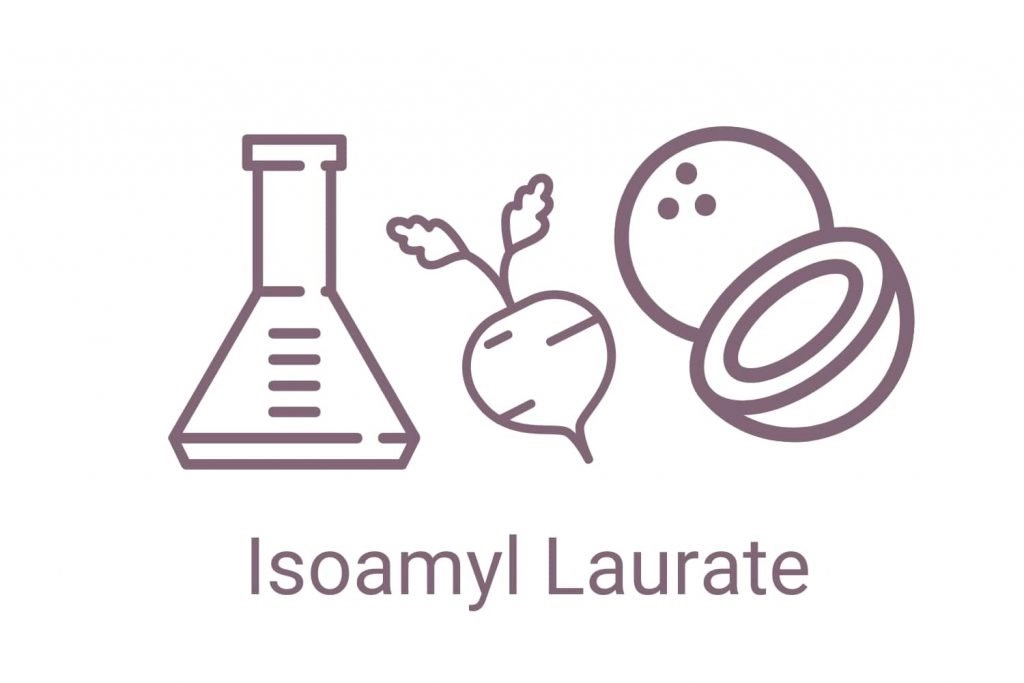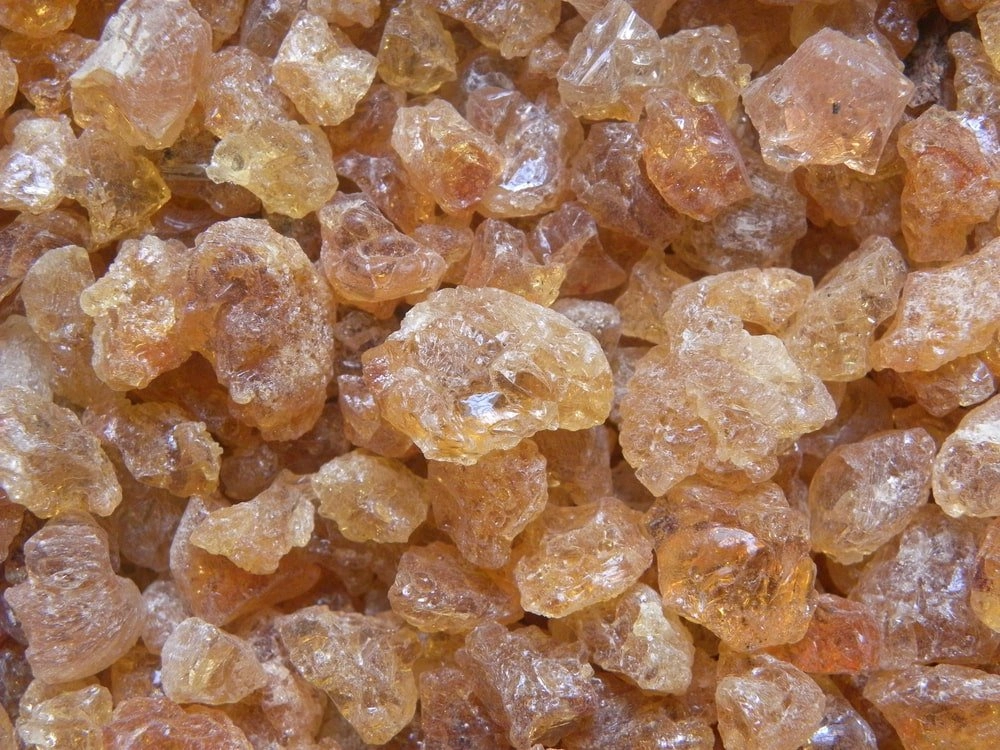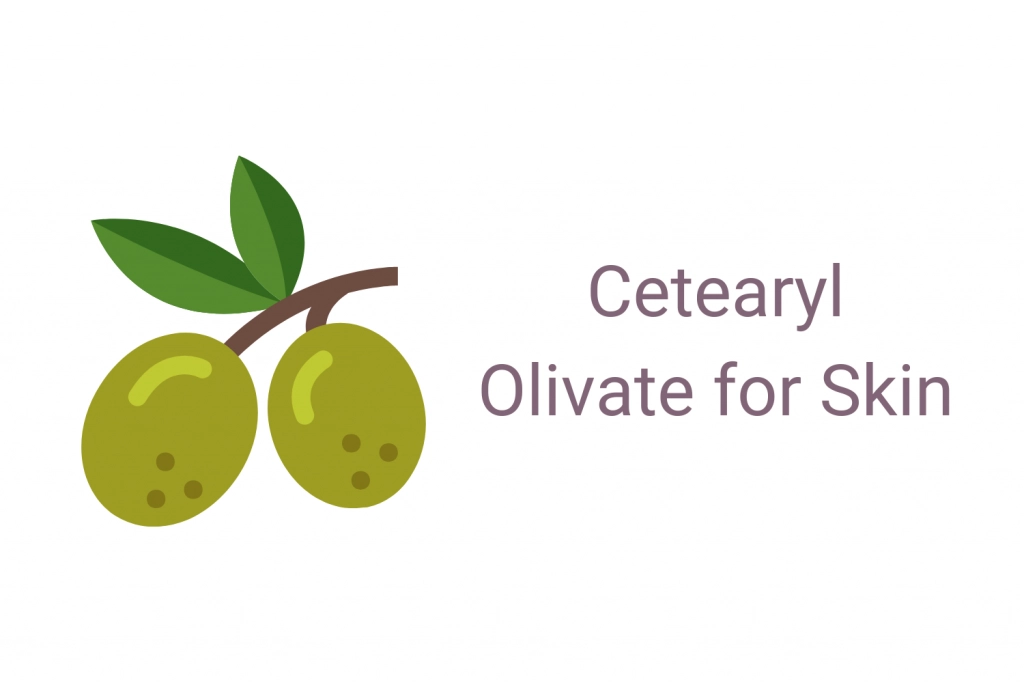What is this scary-sounding ingredient doing in my foundation, sunscreen, shampoo, face oil, or _________? We’ll don’t worry, it has a good purpose. This is one of the good ones!
This post may contain affiliate links. Read the full disclosure here
Isoamyl laurate is a popular replacement ingredient for silicones. Are you looking for products that are silicone-free? Then this just might be the alternative you need in your life.
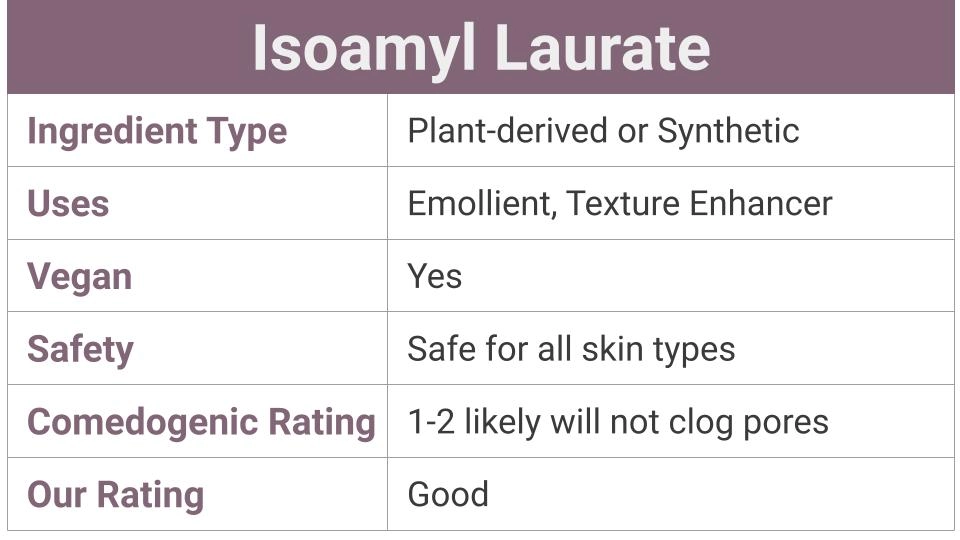
What is Isoamyl Laurate?
INCI Name: Isoamyl Laurate
The name is straightforward when you look at what it is. Isoamyl laurate is the ester of isoamyl alcohol and lauric acid. Isoamyl alcohol is a colorless solvent commonly uses as a solvent or flavor enhancer in food. Lauric acid is also known as dodecanoic acid. It’s a saturated fatty acid commonly sourced from coconuts.
Isoamyl laurate can be made synthetically or plant-derived. This ingredient occurs naturally and can be derived from beets and coconuts. It’s most commonly in skincare and cosmetics to improve product texture and increase product spreadability. It helps products have a nice smooth texture that evenly spreads onto the skin. As you’d imagine, this is a huge plus for foundation, lotion, and even body wash. Isoamyl laurate is also a skin conditioning agent and it has a pleasant fragrance.
With its texture enhancing and skin conditioning uses, it’s a common alternative to silicone-based ingredients in skincare products. Isoamyl laurate mixes well with other ingredients and has a light, non-sticky feel.
Is Isoamyl Laurate Safe?
The Cosmetic Ingredient Review Expert Panel considers isoamyl laurate and 237 alkyl esters safe to use in cosmetics when formulated to be non-irritating. The EPA also has isoamyl laurate on the Safer Chemical Ingredient List as an emollient. All the ingredients on this list are deemed to be safer options than traditional chemical ingredients.
Isoamyl is also in ingredient conscious brands such as Paula’s Choice, Anveya, and Puracy.
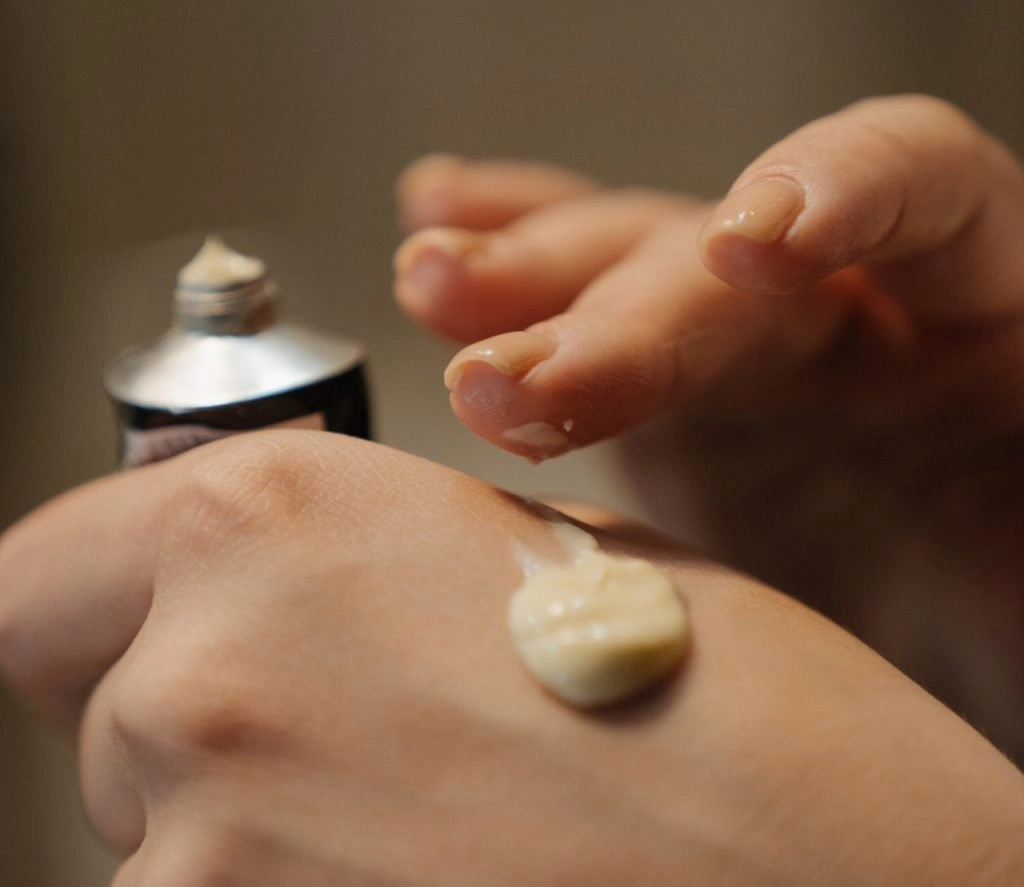
As a Silicone Alternative
Isoamyl laurate and isoamyl cocoate are popular silicone alternatives since they offer similar characteristics. Skincare and makeup products can still have that silky, velvety feel without ingredients like dimethicone or dimethiconal. Isoamyl laurate is commonly referred to as the best natural alternative to silicones.
Isoamyl Laurate Skin Benefits
As noted above, isoamyl laurate is a texture-enhancing ingredient and it has a mild, yet pleasant peachy scent. But it also helps soften and soothe the skin.
- Emollient – isoamyl laurate helps soften and soothe the skin
- Texture enhancing – it helps formulations have a smooth silky texture, making it a great alternative to silicone-based ingredients.
- Fragrance – it has waxy type odor commonly described as peachy.
- Film Former – this ingredient forms a film to help reduce moisture loss and help protect the skin.
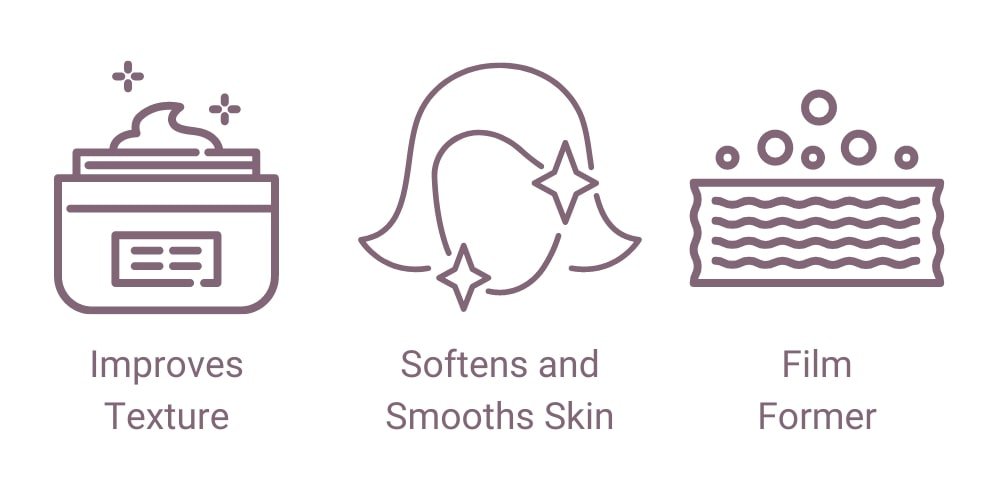
Isoamyl Laurate Comedogenic Rating
Isoamyl laurate has a comedogenic rating of 1-2. This means it likely will not clog pores. The comedogenic rating is based on a number scale of 0-5. The more likely a product or ingredient is to clog pores, the higher the number. 1-2 is a low score.
This makes isoamyl a safe ingredient to use, even with concerns of acne or clogged pores. There is still a chance this ingredient could clog pores but the risk is low. It has a similar comedogenic rating as ingredients such as rosehip seed oil, grape seed oil, and jojoba oil.
Frequently Asked Questions About Isoamyl Laurate
In Closing
Although the name isn’t the most approachable, isoamyl laurate isn’t an ingredient to worry about. In fact, it’s usually a good sign. Often, it means the manufacturer is looking for a lovely product texture but not wanting to use silicone-based ingredients.
At Skincare Lab we’re extra skeptical of “fragrance” ingredients since they can cause irritation and don’t provide skin benefits. However, this ingredient is considered safe to use and doesn’t pose risks of skin irritation. It also provides a core formulation benefit that improves the experience with the product and can even help improve the effectiveness.
Other Texture Enhancing Ingredients You May Find Interesting:

